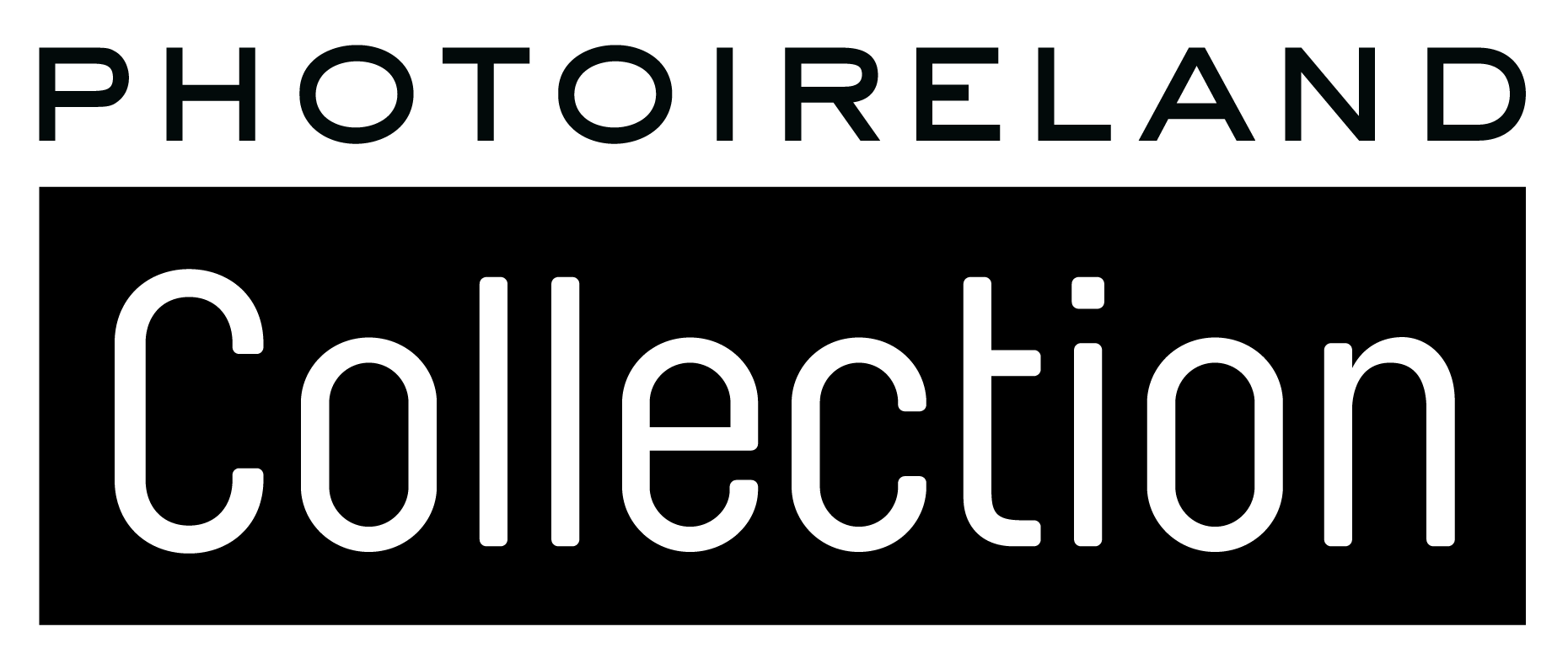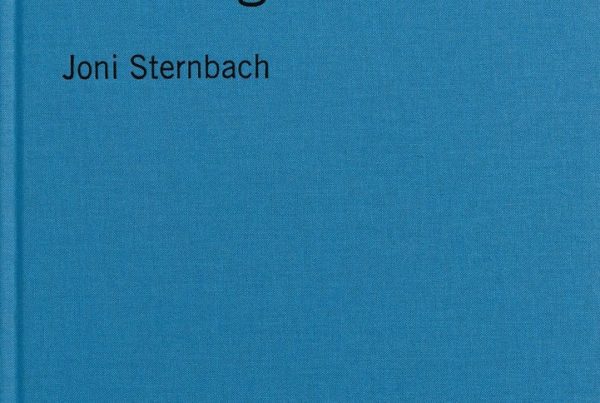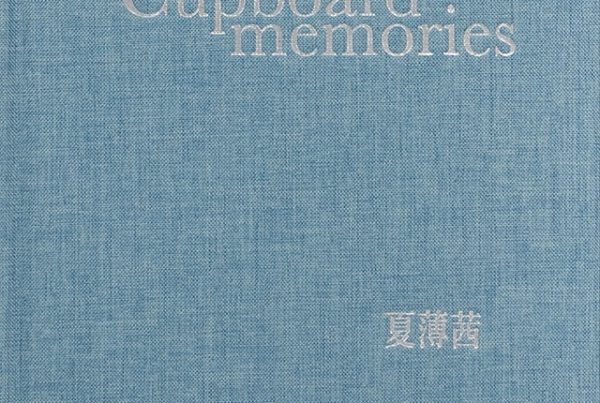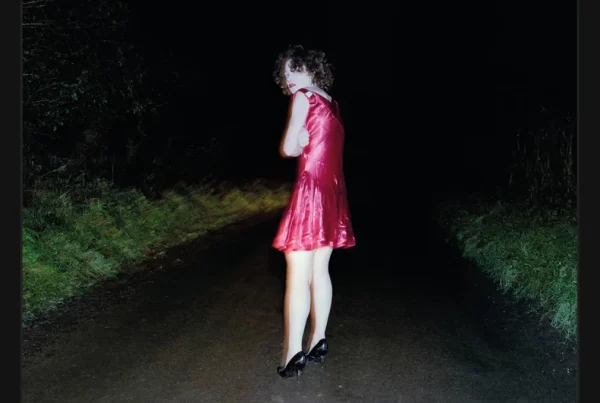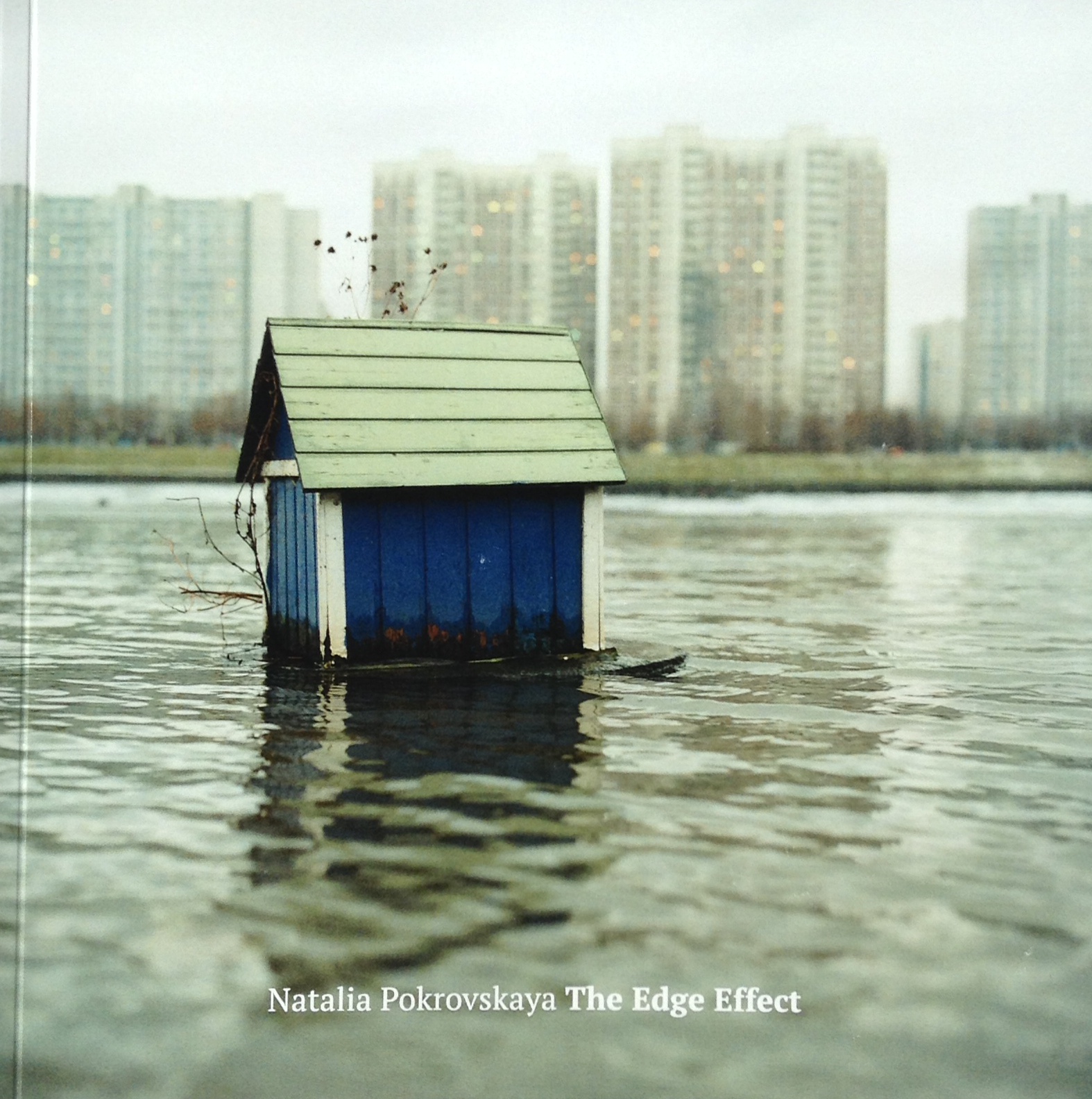

The Edge Effect
Natalia Pokrovskaya
Self-Published
English
Softcover
First Edition
89 pages
240 x 240 mm
2013
ISBN Not available
The edge effect rule in ecology: sharp edges between ecosystems are seldom seen, but in transition zones, called ecotones, where environments are more contrasting, biodiversity is higher.
No swimming. No fishing. The Moscow River’s waters inside the city limits don’t carry a lot of life; yet, its banks provide fertile ground for something else: new, unusual behavioural patterns and diverse cultural strata. The river transits slowly through the city that moves at a much faster pace, and sometimes it looks like it stands still: a piece of concrete, wrapped in a moving, living environment.
What happens at the edge of the water where people come into contact with the Moscow River as an object denying its nature, eluding “proper” ways of using it? The current can throw out answers and take away evidences as well. Some of them form a sort of symbiotic pairs, creating something bigger than just a sum of two elements. All we can do is to follow it through the transition zone, reflecting on the way we behave encountering the unknowable.
About the Artist
Natalia Pokrovskaya is a Moscow based photographer, specialising in artistic research, editorial and fine art photography.
pokrovskaya.com
Further Reading
lensculture.com/natalia-pokrovskaya
